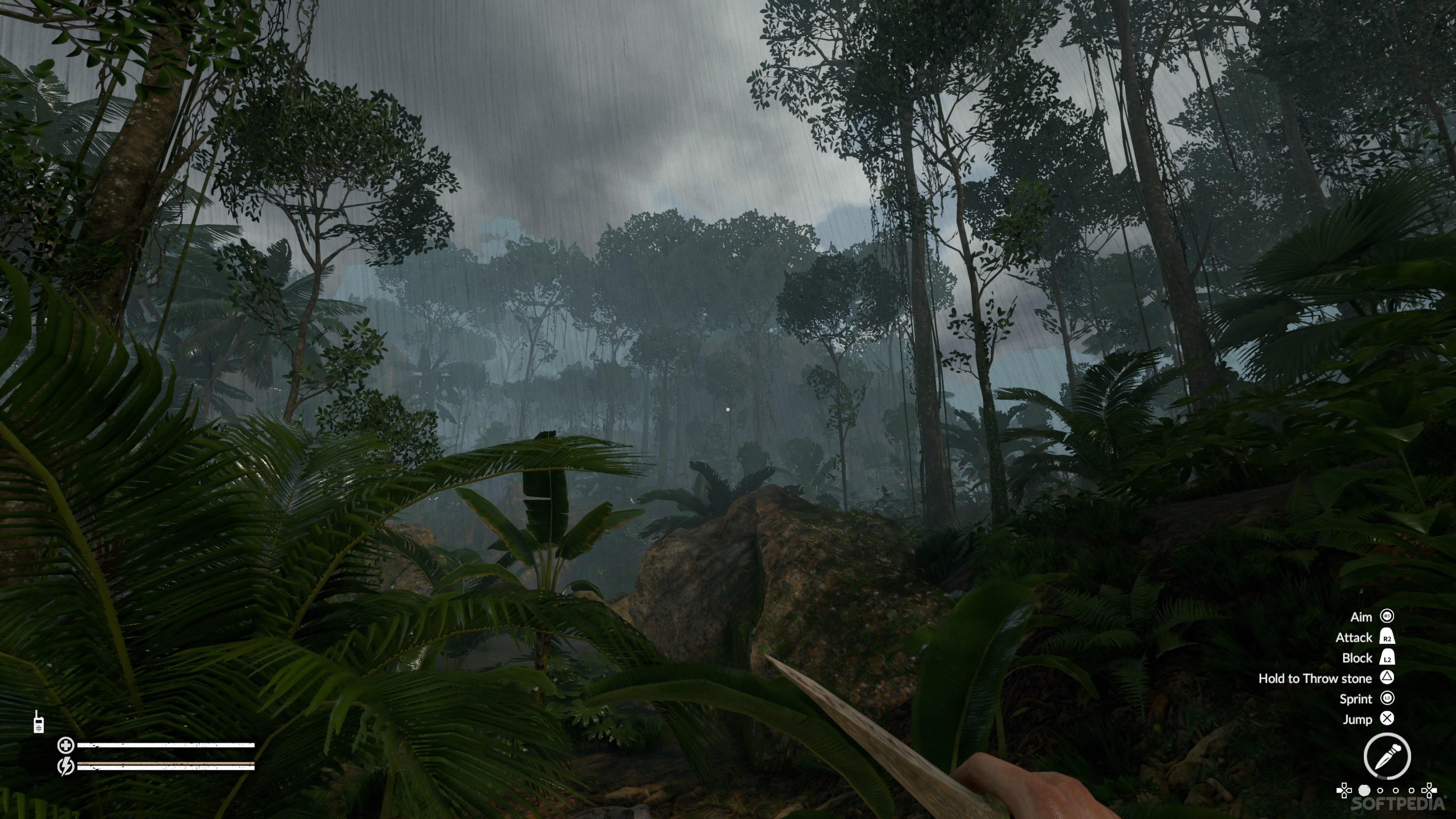
Your deck is a combination of two out of the four characters, each with their own unique card set and talents. Its familiar parts are arranged in a new way with a few clever twists. To its credit, and to its detriment, nothing in Roguebook is particularly novel. Your deck itself even levels up, with your card count giving you points to spend on randomized talents.

It even relies on an old deckbuilding staple, asking you to mix-and-match two card pools each run, which was used to such great effect in Monster Train. It has Slay the Spire's flurry of weird artifacts to collect and use. It pulls in a Hades-esque buffet of advanced challenges to mix and match after you first "beat" the game. Synergy is important.Roguebook lifts some great design from other recent roguelite games. More cards will usually be better, although there is still a degree of strategy when it comes to what you should and shouldn't add to your deck. Cards can be upgraded later with powerful gems, which helps scale their power as you head towards the third chapter boss. Cards are earned through defeating a boss or unlocked on the game map via a Vault of Wisdom, but you shouldn't be too worried about adding loads of new cards to your deck. This includes stuff like extra rage for Seifer or a boost to Sorocco's passive buff. These are flat buffs to each of your heroes or a general buff for your party. Talent tiers are unlocked based on how many cards you have. Compared to a game like Slay The Spire, where a twenty-card deck might be the optimal deck, the power scale of your Roguebook runs is actually determined by how many cards you have in your deck. A couple of events let you remove cards for a small fee, and the Alchemists do let you destroy cards and transform them into something else. Unlike other roguelike deckbuilders, there is actually very little card remove in Roguebook. She is extremely squishy with only 20 hitpoints, although she can be healed once per battle by clicking on her. However, her own damage output shouldn't be ignored, as with a solid frog build (yes, there is such a thing as a frog build in Roguebook) she can pack a massive turtle punch with her swarm of frog allies. This mystical little turtle is the classic support character, with plenty of ways to buff the other heroes.

Afterward, you can pick her up at the start of a new run. Tips For AuroraĪurora isn't available until you reach the third chapter. He works especially well with Seifer, and official stats released from the dev team support this: Seifer and Sorocco had the highest win rate in the first week of the game's release. However, Sorocco isn't against dealing damage, with the rotating Headbang combo cards being a great way to stack some seriously powerful attacks.
He also receives a passive two-block boost if he finishes the turn at the front of your party. His block cards are some of the best in the game. Sorocco is a swashbuckling toad-pug creature that specializes in defensive play. Seifer has some great sustain which helps balance how much damage he will likely take at the forefront of your two-person party. When the bar is full, all his cards have an upgraded version with extra damage, healing, and other unique boosts. The bar is filled up whenever Seifer takes damage, although cards like Rage and Sulfuric Barrier also boost his rage. Seifer is a very angry rat armed with two swords and a rage bar. Sharra offers some great synergy with her optimal Dagger build, but with many of her cards featuring the "Charge" mechanic (which sends her to the front of your party), and her passive boost of extra power if she's in the front position, you need to make sure you have an alternate hero capable of stepping in to soak up some damage for her. She starts with an extremely low health pool, although this can be upgraded via Embellishments.

Sharra is a high-damage character, a bit of a glass cannon. There are four playable characters in Roguebook: Sorocco, Seifer, Sharra, and Aurora.


 0 kommentar(er)
0 kommentar(er)
